Compulsory Basic Training
Compulsory. Basic. Training (CBT) is a LEGAL REQUIREMENT One is required before you can ride on the Public roads. It’s not to be look at as (it’s only a CBT) This is one of the most important days training you will do, It this is the foundations stones to a SAFE riding future
Fresh start motorcycle only run small classes of up four people with at least one DSA instructor
- The road ride module E will only be 2 students to at least one DSA instructor – YES even for CBTs
- We only use properly-qualified DSA instructors so you get the full benefit for your money
CBTs can be carried out 7 days a week and not only at weekends
The CBT course introduces you to all the basic riding skills you need. In order to be safe on the roads. Don’t be worried if you never been on a motorcycle before. As Our CBT starts from scratch and we assume you have little or no motorcycling experience. Be sensible dressed, try not to wear trainers or track suit bottoms, good jeans and walking boots are best, we can loan jackets gloves and helmets, waterproofs.
The focus of the days training is working through the DSA CBT syllabus. ·Training is the important bit, it is not a test, I mention this because some people come in really stressed thinking I must get this right first time or I won’t pass. It’s really not like that at all, it is a fun day learning new skills, but you will have a head start if you have read the Highway Code Once the last Module has been completed satisfactorily a CBT certificate will issued.
Phone 01942 518240 to book your day
The CBT is a training course with the following syllabus; each Module must be completed satisfactorily before moving on to the next
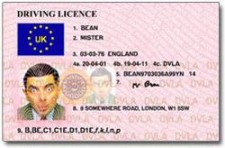
The aims of the approved training course & The importance of the right equipment and clothing
Trainee’s licence will be checked. You must bring .The plastic part CARD licence. Your eyesight must be tested too. Trainees must be able to read in good daylight a vehicle registration mark containing letters and figures 79.4 mm high at a distance of 66 feet (20 metres) (with the aid of glasses or contact lenses if worn). this is your Reasonabilty to check your licence and eyesight before you come if you dont your test your day may have to be cancelled with loss of all fees
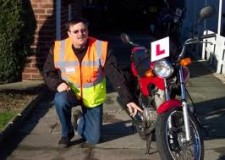
Trainees must receive practical training at the conclusion of which they will know the followings,
Knowing the hand and feet controls where they are and how they work, The instruments, warning lights, speedo, fuel,indecators,ect
Be able to carry out basic machine checks to a satisfactory, how to check the brakes, oil lights, tyres, & steering. example what is the tyre tread depth on a motorcycle? how do you adjust the chain ?
Be able to take the bike on and off the stand satisfactorily and correctly, Then pushing and Walking with the bike,
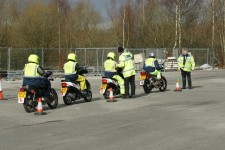
Trainees must undertake practical on site riding at the conclusion of which they must be able to: –
- Ride the machine under control in a straight line and bring the machine to a controlled halt
- Ride the machine round a figure of eight circuit under control
- Ride the machine slowly under control
- Carry out a U–turn manoeuvre satisfactorily
- Bring the machine to a stop under full control as in an emergency
- Carry out controlled braking using both brakes
- Change gear satisfactorily
- Carry out rear observation correctly
- Carry out simulated left and right hand turns correctly using the Observation-Signal-Manoeuvre (OSM) and Position Speed-Look (PSL) routines
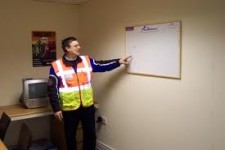
Highway code classroom session
Trainees must understand the following
- The need to be clearly visible to other road users (the use of conspicuity aids)
- The importance of knowing the legal requirements for riding on the road
- Why motorcyclists are more vulnerable than most road users
- The need to ride at the correct speed according to road and traffic conditions
- The importance of knowing the Highway Code
- The need to ride defensively and anticipate the actions of other road users
- The need to use rear observation at appropriate times
- The need to assume the correct road position when riding
- The need to leave sufficient space when following another vehicle
- The need to pay due regard to the effects of varying weather conditions when riding
Trainees must be aware of
- The effect on a vehicle of the various types of road surface that can be encountered
- The dangers of drug and alcohol abuse
- The consequences of aggressive attitudes when riding The importance of hazard perception
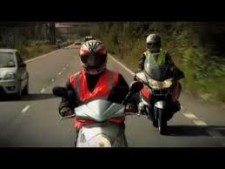
Trainees must undertake on road riding for a period of not less than two hours. They must encounter all the following traffic situations and demonstrate their ability to handle each one competently and safely
- Roundabouts
- Junctions
- Pedestrian Crossings
- Traffic lights
- Gradients
- Bends
- Obstructions
Trainees must also repeat the following exercises in normal road conditions: –
- Carry out a U–turn manoeuvre satisfactorily
- Bring the machine to a stop under full control as in an emergency

